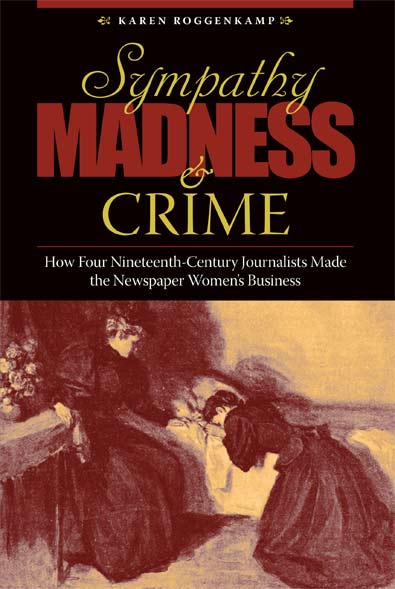Sympathy, Madness, and Crime
How Four Nineteenth-Century Journalists Made the Newspaper Women’s Business
Explore Women's History, Journalism, Women’s StudiesKaren Roggenkamp
In one of her escapades as a reporter for Joseph Pulitzer’s New York World, the renowned Nellie Bly feigned insanity in 1889 and slipped, undercover, behind the grim walls of Blackwell’s Island mental asylum. She emerged ten days later with a vivid tale about life in a madhouse. Her asylum articles merged sympathy and sensationalism, highlighting a developing professional identity—that of the American newspaperwoman.
The Blackwell’s Island story is just one example of how newspaperwomen used sympathetic rhetoric to depict madness and crime while striving to establish their credentials as professional writers. Working against critics who would deny them access to the newsroom, Margaret Fuller, Fanny Fern, Nellie Bly, and Elizabeth Jordan subverted the charge that women were not emotionally equipped to work for mass-market newspapers. They transformed their supposed liabilities into professional assets, and Sympathy, Madness, and Crime explores how, in writing about insane asylums, the mentally ill, prisons, and criminals, each deployed a highly gendered sympathetic language to excavate a professional space within a male-dominated workplace.
As the periodical market burgeoned, these pioneering, courageous women exemplified how narrative sympathy opened female space within the “hard news” city room of America’s largest newspapers. Sympathy, Madness, and Crime offers a new chapter in the unfolding histories of nineteenth-century periodical culture, women’s professional authorship, and the narrative construction of American penal and psychiatric institutions.





